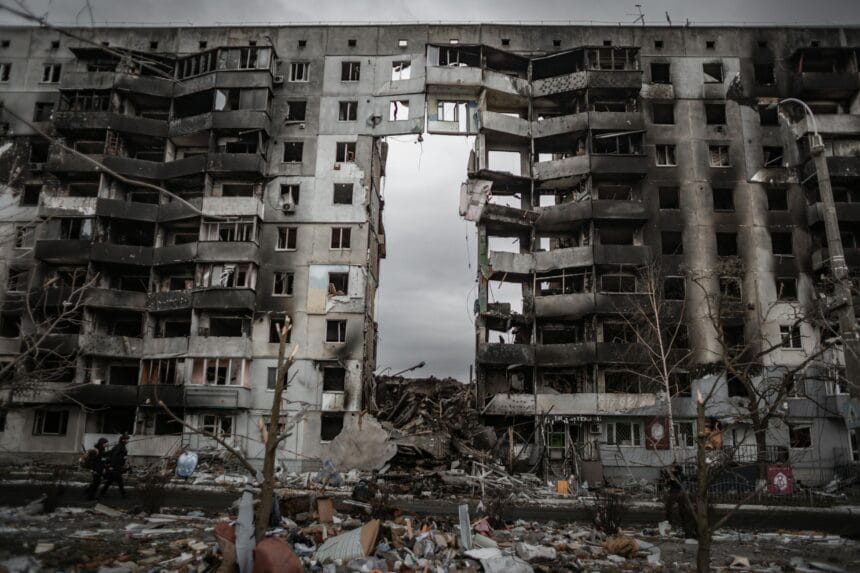Russia’s full-scale invasion of Ukraine on February 24, 2022, marked the start of the Russia-Ukraine conflict. Significant numbers of people have died, many have been displaced, and extensive damage has resulted from this battle.
Important Occasions
As of February 24, 2022, Russia has invaded Ukraine.
March 2022 In strategic locations like Kyiv and Kharkiv, fighting escalated.
Russia took control of the Luhansk area in June 2022.
Ukraine began a counteroffensive in Kherson in August 2022.
Russia acquired four Ukrainian areas in November 2022.
Kherson was retaken by Ukraine in February 2023.
June 2023 The Donetsk and Luhansk areas were still experiencing fighting.
Russia began a significant attack in the east in November 2023.
Ukraine began a counteroffensive in the south in March 2024.
November 2024 The conflict is still going strong in some areas.
As of right now (November 24, 2024)
The conflict is still raging on today, with major engagements taking place in the Donetsk and Luhansk areas. Russia has attacked Ukrainian cities, including Dnipro2, with new missiles. In retaliation, Ukraine launched missile attacks against Russian territory. Thousands of people have died in the fighting on both sides, causing great pain.
Deaths and Damages
Russia: Approximately 717,590 people have died since the invasion started. As a result, this has led to a great deal of anxiety and confusion.
Ukraine: There have been major military and civilian casualties as a result of the severe damage to several cities. In addition, innumerable individuals have been murdered or injured.
Global Reaction
International nations have backed Ukraine and denounced Russia’s actions. This covers humanitarian help for war victims, economic penalties on Russia, and military support.
Impact on Humanitarians
Many of the millions of displaced individuals have sought safety in nearby nations. In impacted areas, the war has also resulted in acute shortages of food, water, and medical supplies.
Other Country Reaction
United Nations (UN): A resolution denouncing Russia’s invasion and demanding the evacuation of the Russian military was approved by the UN General Assembly. Numerous civilian casualties and human rights abuses have also been reported by the UN2.
European Union (EU): The EU targeted financial institutions, people, and industries including aviation and energy with many rounds of penalties. Ukraine has also received humanitarian help from the EU1.
United States (US): The United States has placed Russia under a number of sanctions, including export curbs on technology and limitations on state banks. Ukraine has also received military assistance from the US1.
NATO: NATO has stepped up its military presence in Eastern Europe and denounced the invasion. Ukraine has also received military assistance from NATO members.
Support for Ukraine
Military Aid: Ukraine has received weaponry and training from a number of nations, including the US, the UK, and Germany.
Humanitarian help: To assist displaced individuals and those impacted by the violence, nations, and international organizations have given humanitarian help.
Neutral and Mixed Reactions
India and China: Neither nation has taken a stance, although both have advocated for a peaceful conclusion. Additionally, they have chosen not to vote on a number of UN resolutions1.
Other Nations: Some nations have remained neutral or refrained from voting on UN resolutions, especially those in Africa and Latin America.
Prospects for the Future
Both sides are still battling fiercely, and there are no indications that the combat will cease very soon. Despite continuous diplomatic attempts to find a peaceful conclusion, the international community is still split on how to end the conflict.









